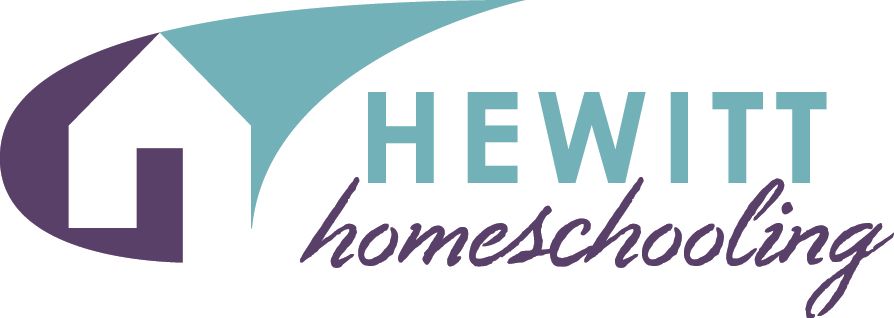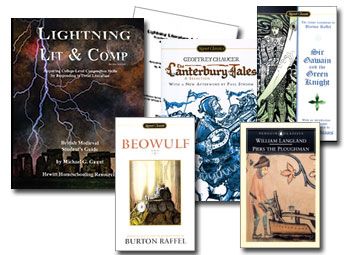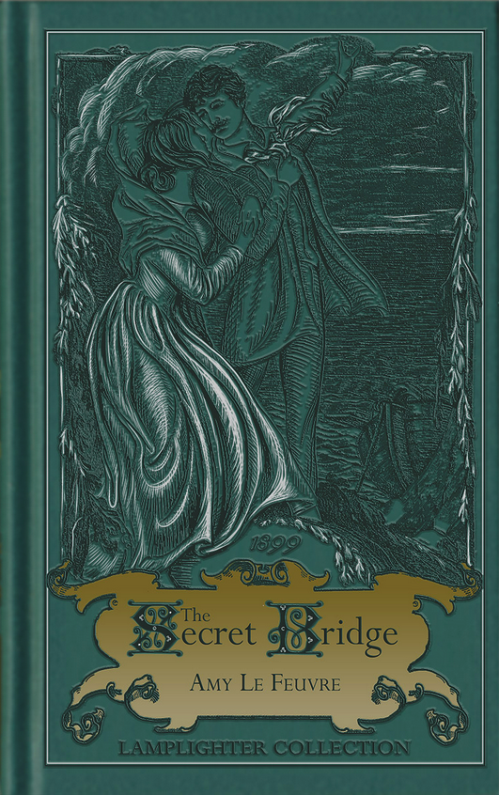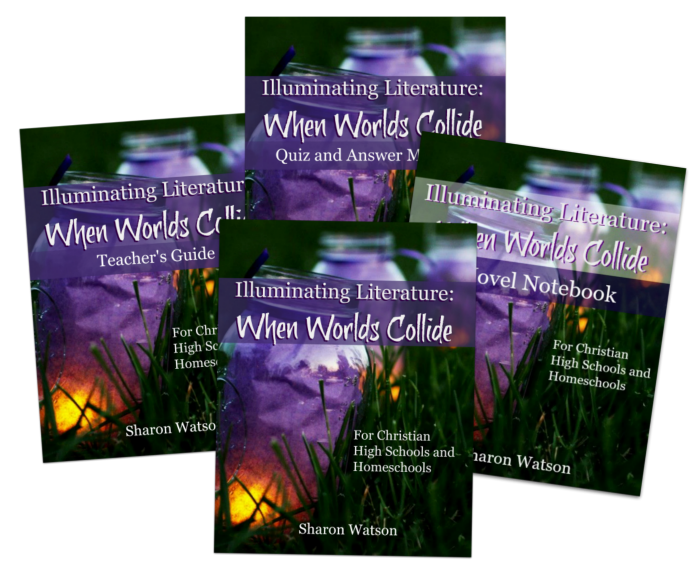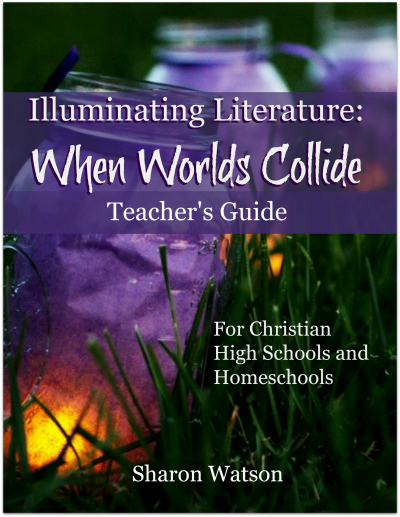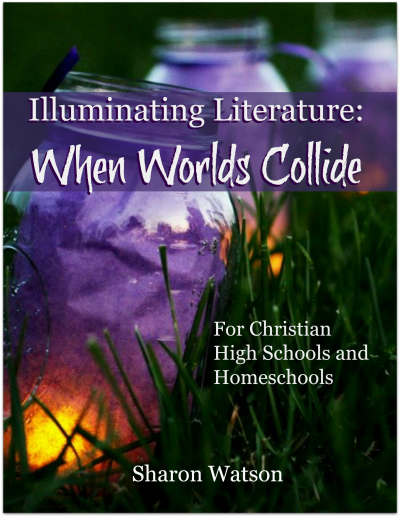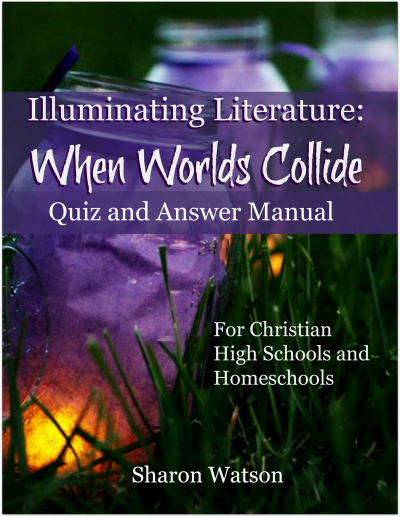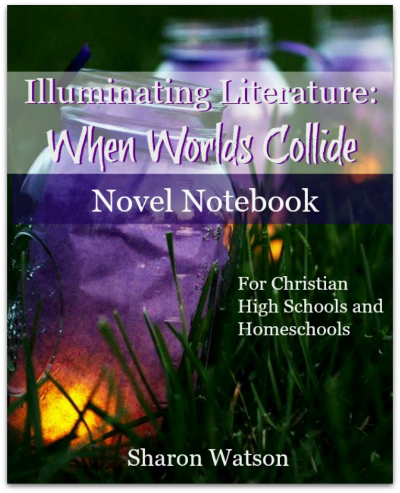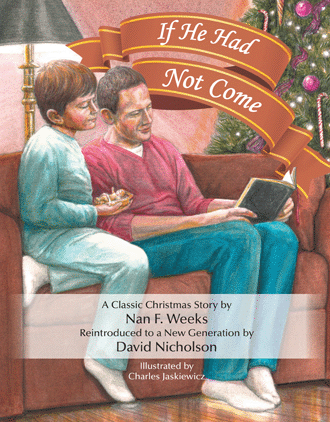
This summer I was selected to participate in a review for
Progeny Press.
Different products were assigned for different age-grouped students. The product I got to review was the Macbeth E-Guide (for Grades 9-12). I knew my student didn't have time to read Macbeth this summer, but I was permitted to be the student for this review.
I had never read Macbeth, and I was up for the challenge. One of the most interesting aspects of educating my children classically has been realizing how many classic pieces of literature I myself have never read. Even before I learned I would be on the review I dug out my paperback copy of Macbeth and started reading.
Then one day I received the email from Progeny Press giving me instructions on how to download my E-Guide. I did so immediately. There was an interactive guide to Macbeth and an answer key to the same. After downloading both I made a second copy of the interactive guide so I would have one that I could fill answers in right in the PDF document.
Pausing from my struggle to read the "Olde English" of Macbeth, I turned to the pages of the Study Guide. The Guide is divided into these sections:
- Note to Instructor
- A Special Note on Shakespeare's Plays
- Synopsis
- Background Information
- About the Author
- Suggestions for Pre-Reading Activities
- Act I
- Act II
- Act III
- Act IV
- Act V
- Overview
- Writing Projects
- Additional Resources
- Answer Key (which is actually the 2nd download)
I found the Synopsis and Background Information particularly helpful. I suddenly better understood what I was reading. I was intrigued to learn the Macbeth was a fictional story that was created from some actual British history that was altered to serve the purposes of the story Shakespeare had conceived to tell!
Some of the student study guide assignments include:
- a vocabulary section, with definitions to match the vocabulary words to
- a quotation to unscramble and attribute to the speaker in the play
- general questions
- analysis questions
- a character study section, where the student dives into individuals in the play to create a brief character sketch of individuals they choose from a list
- explanations of literary tools and terms, such as foreshadowing, pathetic fallacy, understatement, extended metaphor, and protagonist
- introduction to techniques Shakespeare used, such as soliloquy
- discussion of stylistic devices used, such as contrast,
personification, hyperbole, anaphora, and metaphor - "Dig Deeper" questions, asking the student to consider sections of Macbeth in light of sections of the Bible
- Extra assignments - writing assignments which enable the parent to add depth to the study of Macbeth, making this a worthy segment of their student's high school literature and composition course; art assignments which correspond with the study of Macbeth, but give the student another avenue to delve into to further enjoy their study of Medieval England; suggestions for having the student(s) act out certain portions of the play, giving the integrated studies an opportunity for a "Drama" credit as well
The Pre-Reading Activities suggested watching a presentation of Macbeth before reading the play. I searched Netflix and Hulu to no avail, but finally found a movie version on YouTube starring Ian McKellen. A newer version was made in 2015, but this 1978 version is just fine with me! This idea of watching the movie before reading the piece is entirely different for me, but now that I think of it I have loved the production of many Shakespeare plays that I have never read. They were, after all, originally presentations of the Shakespeare Company that were eventually written down! So, off to watch the movie!
I also went to the Study Guide at this point and played "catch up", answering questions for the segments I'd already read. Most of the type-in sections worked great, but on page 11 there was a place to unscramble a sentence-long quote... with only about 10 spaces for the answer to show. I had to print that page out and write the answer in by hand.
The beauty of this type of product (an e-guide) is that 1) it costs less than a printed guide and 2) you don't have to print a lot of the guide out! With a student you can have him work on line, type in the answers, and save the document. Then you can check the student's work or have the student check his own work. The student's work can be printed before checking (skipping pages you don't need to print). Or you can print out the entire study guide and have the student write the answers in by hand. I print everything double-sided in black ink only for more money savings. So many choices!
I have really enjoyed working my way through Macbeth with the Progeny Press Macbeth E-Guide. So many aspects of the content and the study methods have made it easier to work my way though the play learning more and comprehending better. I highly recommend this Macbeth E-Guide for you to use with your high school students.
In looking at the content, I realized that my son (scheduled to take the SAT in October) would benefit from the content of the study guide even without reading Macbeth. So I began having conversations with him about the terms I found he was not familiar with, such as soliloquy and anaphora.
The Macbeth E-Guide has 54 pages and is designed to be completed in 8-10 weeks. A typical school year is 36 weeks, so if you selected four Progeny Press literature study guides, you would have material for a full-year's high school credit in Literature and Composition. Macbeth itself contains witches, murder and suicide. These are issues that different families want to tackle differently, but they should not be entirely avoided. Progeny Press provides a Biblical world view to enable you to open conversation with your student rather than ignoring these issues as if they don't exist.
The Macbeth E-Guide has 54 pages and is designed to be completed in 8-10 weeks. A typical school year is 36 weeks, so if you selected four Progeny Press literature study guides, you would have material for a full-year's high school credit in Literature and Composition. Macbeth itself contains witches, murder and suicide. These are issues that different families want to tackle differently, but they should not be entirely avoided. Progeny Press provides a Biblical world view to enable you to open conversation with your student rather than ignoring these issues as if they don't exist.
The Homeschool Review Crew also reviewed e-guides for other grade levels, so if you have younger students you're going to want to click the link below to see reviews of the products for the lower grade levels. Here are the other products that there are reviews for:
- The Bears on Hemlock Mountain E-Guide (Grades 1-3)
- Charlotte’s Web E-Guide (Grades 4-6)
- The Silver Chair E-Guide (Grades 5-7)
To see other product reviews, please click the button below.





